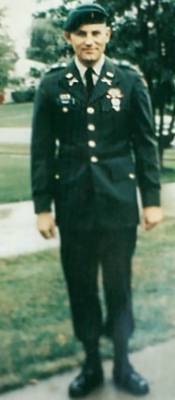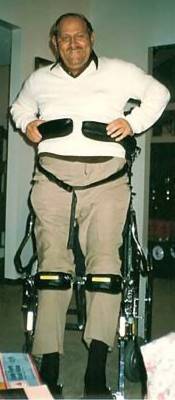|
Martin Thomas Prast
First Lieutenant
3RD PLT, C CO, 1ST BN, 11TH INFANTRY, 5TH INF DIV, USARV Army of the United States Grand Island, New York March 05, 1947 to January 30, 1998 (Incident Date January 30, 1970) MARTIN T PRAST is on the Wall at Panel W8, Line 81 |
  |
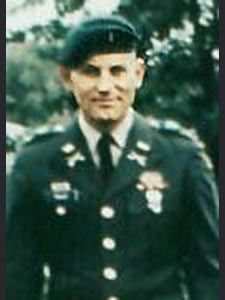
|

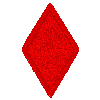
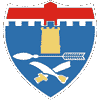
| |
|
Marty had already earned the Purple Heart twice when on January 30th, 1970, he was severely injured by a booby trap. Although the injuries left Marty a paraplegic, his zest for life and generosity carried him through the next 28 years to become a father, a leader in the Vietnam Veterans of America and other community organizations, and elected as the town supervisor of Grand Island, New York . In January, 1998, Marty died as the result of his injuries in Vietnam. His name was carved onto the Vietnam Veterans Memorial on Panel 8W, Line 65. In the photo to the right, Marty demostrates a wheelchair invented by him and his father to help paraplegics stand (photo courtesy of Grand Island ). Please follow the link below to read a story of Marty that was in "The Veteran", the magazine of the VVA. Marty Prast: A Remarkable Life
Visit the |
Eulogy for Martin T. PrastI believe there is order and purpose to life: we are created to know, love, and serve God in this world and be happy with Him in the next. As such, we are called to do good and live our lives responsibly and honorably, I would like to highlight some aspects of Marty's life that, I believe, are relevant to this. I am NOT going to talk about the young Marty, who
There is more: the Tappa Kegga frat days or as one of the Goons - but you will have to wait for the movie. Rather, I want to talk about the Marty whose life exploded, literally, in early 1970. The issue of character is currently front page news and the topic of every talk show. There are learned books and commentaries on the fact that real heroes are scarce today. Of the approximately 2500 major league professional athletes, are there ten you would like your child to emulate or even look up to? It is as bad as at Sodom, where God said to Abraham, "If there are just ten upright men, I will spare the city for their sake." For those who missed class that day, He didn't. I don't think that it was a coincidence that Marty had Ranger training in the Army. When I talk with friends at work about their children and we lament the lack of good role models for kids, I always suggest they get a tape of the D-Day invasion. Watch those Rangers take Pointe-du_Hoc, the 130 foot sheer cliff at the end of Omaha Beach. They knew the odds were against them, but they went forward, anyway. These guys were, and in my mind still are, REAL HEROES. Likewise, the odds were against Marty, but he went forward with undaunted courage. He belongs with that select group of Rangers. How many of us, when we think of Marty, think of a handicapped person? Not many, I expect. He just didn't seem handicapped. If you had only seen his resume, you would wonder who is this guy and where does he get the energy? God may have closed one door, but He certainly opened others. Marty was courageous and set an example in a low-key sort of way. He just DID things. He took to heart the old U. S. Army saying, "The difficult takes a while to accomplish, the impossible a little longer!" With every job he undertook, he mastered the skills to be successful. He was never just a figurehead. In 1973, Tom Boehm and I visited Marty at the Castle Point, New York, VA hospital. This was just three years after his injury. He was the only one there with a combat injury, and HE was encouraging the others to look to the future. I've known people who took more than three years to get over teen-age loves, much less be able to offer encouragement and advice. Marty never complained or used his injury as an excuse - except when he was caught speeding! In fact, it wasn't until Nov., 1995 when he and I drove to Staten Island to bring his Model T to the port for shipment to Austria that he even spoke about his personal grief. Again, it was tangential, in the course of discussing something or someone else, I forget which. He said that anyone who says they don't go through Dr. Kubler-Ross' seven steps of dealing with grief/trauma: denial, anger, pity, depression, .., acceptance - I don't know them all; is kidding himself. That was the one and only admission to me that he also had taken that journey. Again, who would have known? Marty attacked life. He didn't wail about what others may have perceived as his misfortune. The lessons, then, we can learn from Marty are, I believe:
Respectfully submitted, |
| Contact Us | © Copyright 1997-2019 www.VirtualWall.org, Ltd ®(TM) | Last update 08/15/2019. |
